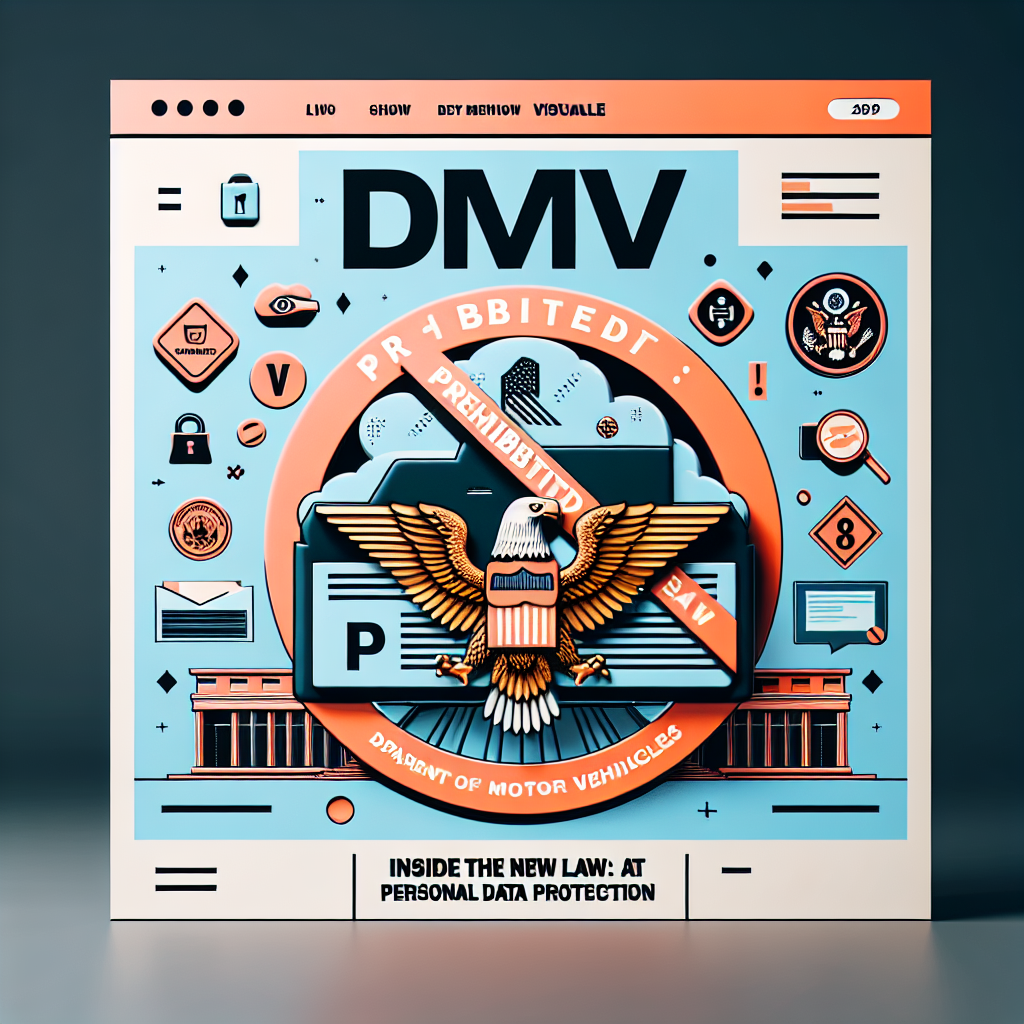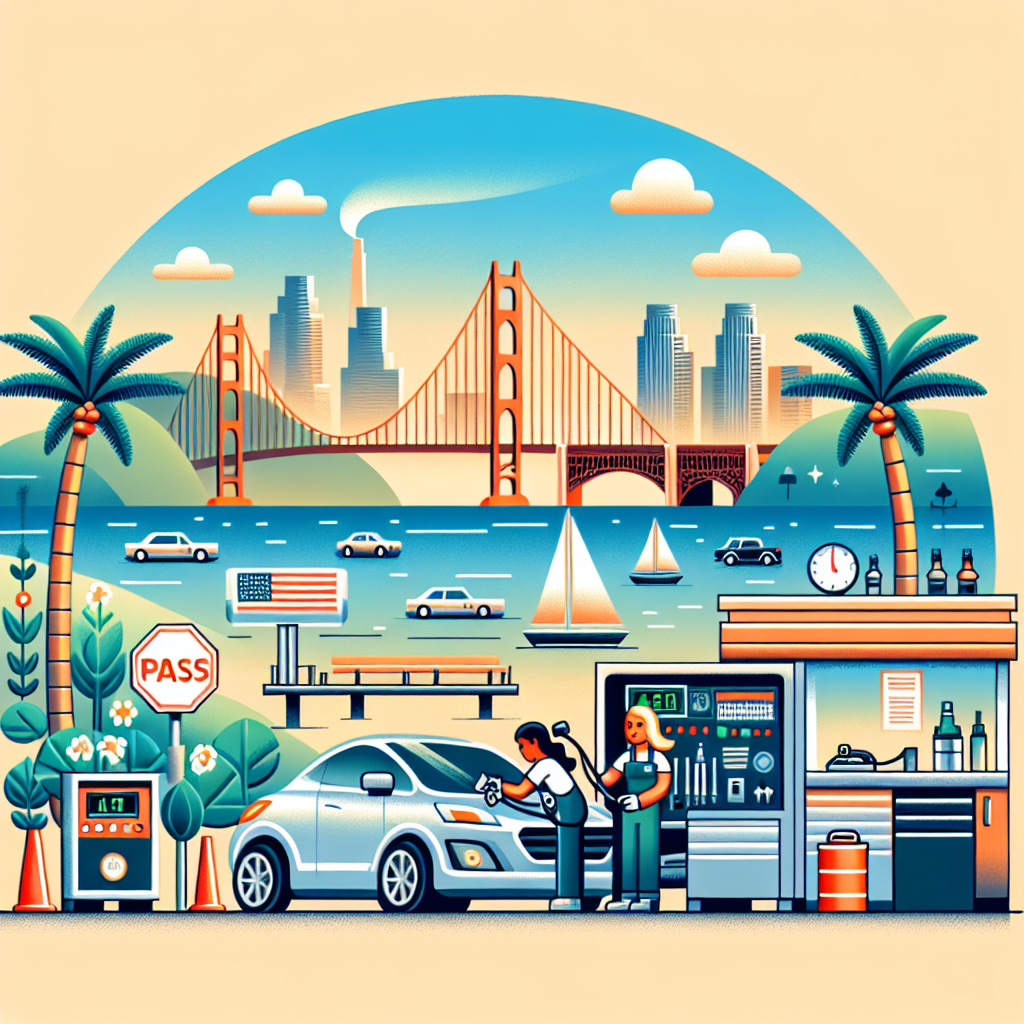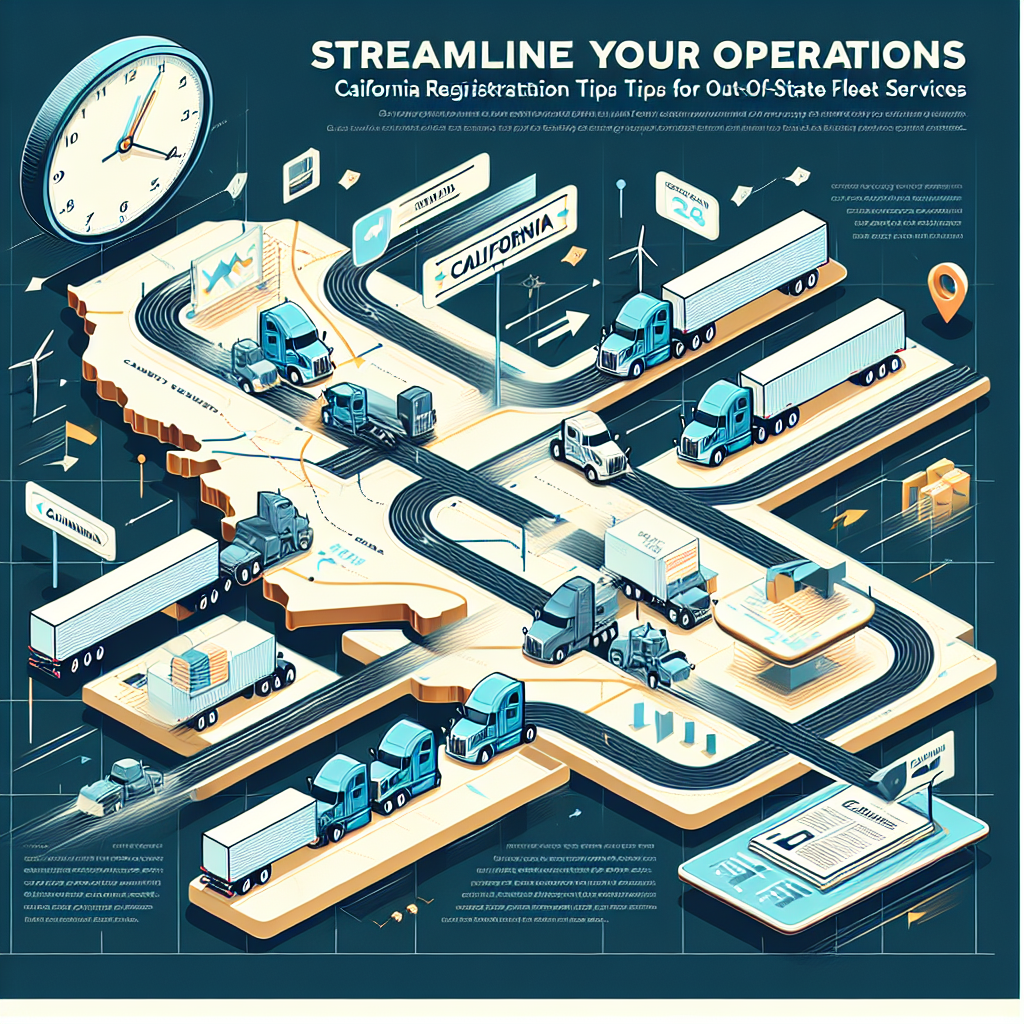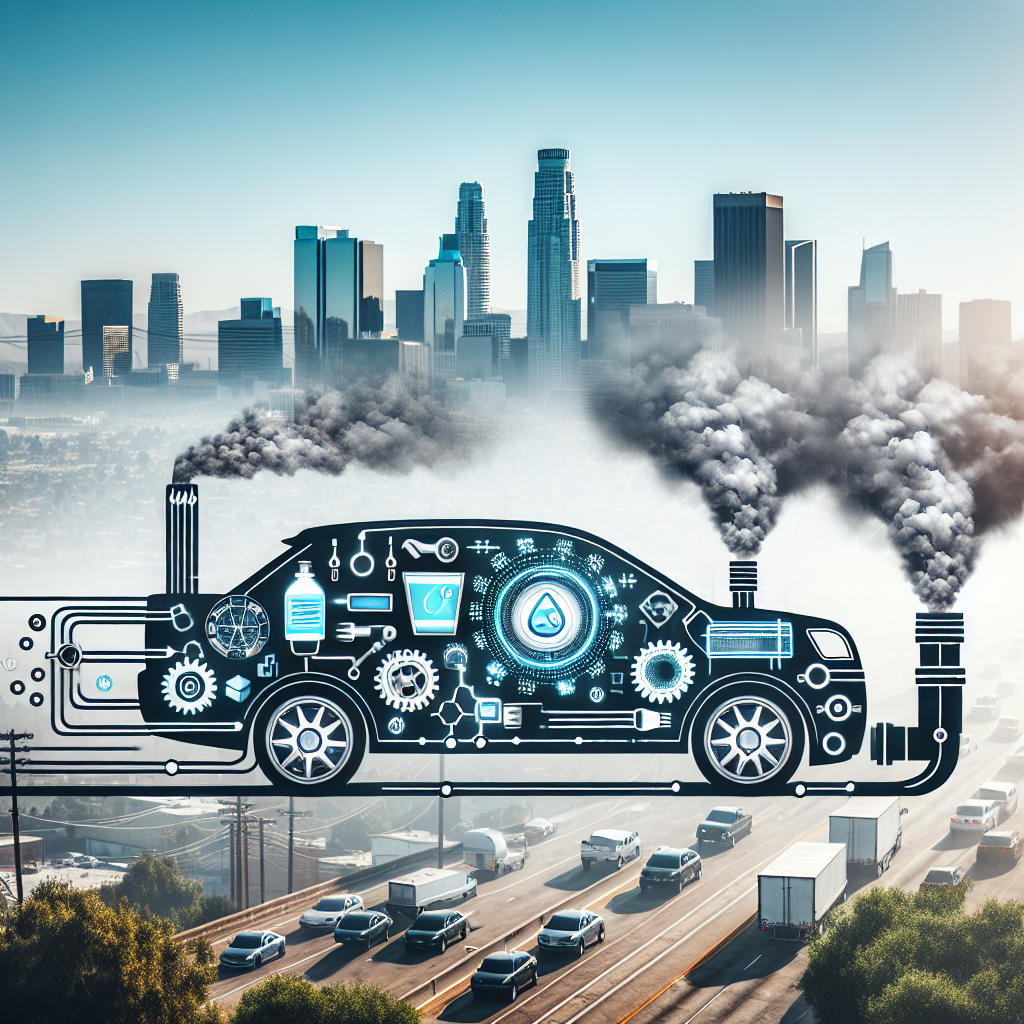How to Understand the Results of a STAR Smog Check
Introduction
If you own a car, knowing about a STAR Smog Check is very important. These checks help keep your car in line with state rules and also help reduce pollution. By understanding a STAR Smog Check, you can ensure your car stays fit for the road and helps protect our planet for the future.
What is the STAR Smog Check?
A STAR Smog Check is a test done in California to check how much pollution your car is causing. While regular and STAR Smog Checks both help control pollution, STAR Smog Checks follow the highest standards set by the state’s program. Stations certified to do STAR Smog Checks have to be very careful and accurate. This means your car gets a thorough and reliable check-up, so you can drive around San Diego with peace of mind.
Understanding Smog Check Results
During a STAR Smog Check, your car is tested for three main things: Hydrocarbons (HC), Carbon Monoxide (CO), and Nitrogen Oxides (NOx). Each of these things tells you something about your car’s engine and how it affects the environment.
Hydrocarbons (HC)
- HC are tiny, unburned fuel parts that go into the air. High HC levels mean your car’s engine might not be working well.
- Expected Range: HC levels should be low. If they are high, your engine might need a tune-up or repairs.
Carbon Monoxide (CO)
- CO is a harmful gas you can’t see or smell, made from fuel that doesn’t burn all the way. It can mean your car is using too much fuel.
- Expected Range: Low CO levels show good fuel use. High levels mean you should check your fuel system.
Nitrogen Oxides (NOx)
- These gases are made when fuel burns at high heat. They add to smog and can hurt your health.
- Expected Range: A working EGR (Exhaust Gas Recirculation) system helps keep NOx low.
Understanding the Results
The STAR Smog Check report gives you numbers for each of these emissions, showing if your car passes or fails.
- Reading the Report: Learn what “PPM” (parts per million) and “GPM” (grams per mile) mean. These measure how much pollution your car makes.
- Common Abbreviations: Look for things like EGR (Exhaust Gas Recirculation), MIL (Malfunction Indicator Light), and OBD (On-Board Diagnostics) that are part of the test.
- Passing vs. Failing: If your car passes, it meets California’s pollution rules. If it only just passes, think about getting it checked again or having some maintenance done.
What to Do if Your Car Fails
- Look at Your Results: See exactly what went wrong.
- Get Professional Help: Talk to experts who know how to fix cars to meet standards.
- Plan for Repairs and Retesting: Make sure to get repairs done and then have the car tested again in time.
Keeping Your Car Smog Compliant
Keeping your car ready to pass smog checks is good for the law and the environment.
- Routine Maintenance: Regularly change the oil, replace air filters, and check spark plugs.
- Fuel Efficiency Tips: Don’t let your car idle too long, combine trips, and drive at steady speeds to keep emissions low.
Conclusion
Understanding your STAR Smog Check results helps you take care of your car and the environment. Regular checks keep you on the right side of the law and help keep our air clean. Visit a STAR-certified station near you to make sure your car meets the right standards and helps the environment.
Additional Resources
Locations
Looking for an easy smog check experience? Visit Tags Clinic in San Diego for all your car registration and emissions testing needs. Our expert team is ready to help you keep your car road-ready and compliant!
Call to Action
Come visit us at Tags Clinic located at 3845 University Ave, San Diego, CA or give us a call at 619-777-9046. We’re happy to answer any questions and help you understand the results of your smog check. Learn more about us on our website.









